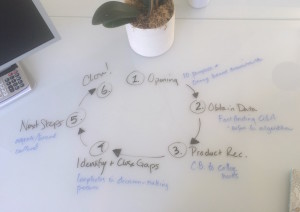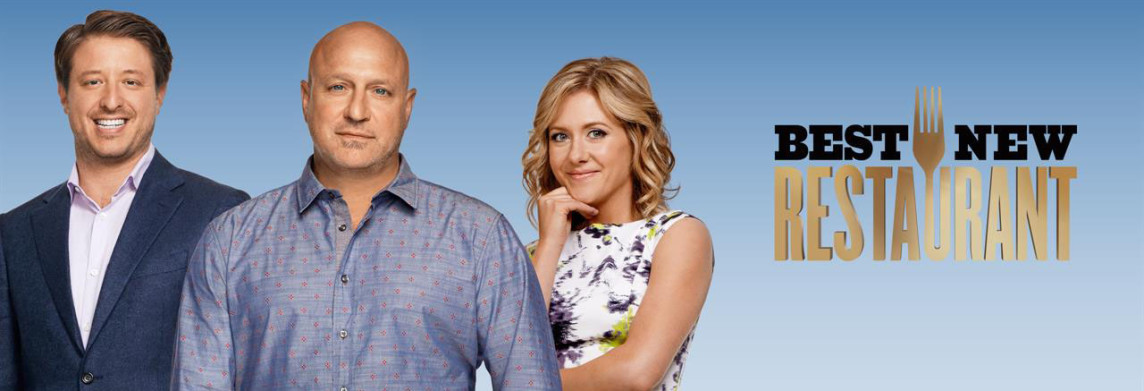In conversation with Sharon Roberts, it is easy to be captivated by her story. The trajectory of her professional life and the impact made by each stop on her journey explains the basis for the specific methodology SBR uses to help clients tackle challenges in the way of their growth and profitability.
With SBR entering its 17thyear, a look back at Sharon’s career gives insight into how those experiences provide a roadmap to anyone looking for advice on how to build an organization or confidently launch a project.
Foreshadowing began early in her career at Dun & Bradstreet’s (D&B) entrepreneurial, call center start-up division. They garnered an impressive client list: AT&T, Avis, IBM, and even the US Postal Service. D&B offered the perfect training ground to acquire foundational knowledge and experience in managing people, tracking data, streamlining processes, successfully selling, and techniques for consistently providing exceptional service to clients.
SPEED GIVE YOU A COMPETITIVE ADVANTAGE
After working in a variety of roles with increasing responsibility, she was offered her dream job at Oxford Health Plans when the company was in its infancy. It was the ideal innovation incubator where thinking outside the box was de riguer. Sales leaders were pushed to uncover all the possible ways to meet aggressive sales goals while making sure to anticipate and satisfy customer needs.
“Speed gives you a competitive advantage,” was an oft-heard Oxford motto. The idea was to hire highly skilled individuals who could first plan on a “blank piece of paper”, and then swiftly implement.
This approach illustrates how real-time course correction allows for rapid, reality-based adjustments; the way a pilot navigates a plane. In other words, never waste precious time lamenting over every possible issue in advance. Instead, begin implementing as soon as possible and adjust accordingly.
Not only will you unveil innovative ideas while in action, but you can gain a tremendous competitive advantage. Take Amazon for example; they began by selling books out of a garage, but as popularity increased they didn’t think slow or small. Instead, they took advantage of their momentum and eventually grew into one of the most powerful companies on the planet because they didn’t wait to change. They saw opportunities and profited from them.
HOW TO LOSE $450,000
One specific experience that shaped the way SBR approaches consulting engagements came when Oxford had to acquire a Customer Relationship Management (CRM) system to manage inside and field sales data (and connect with the customer service system). Sharon was part of the team that would create the Request for Proposal (RFP), research the available options, and make final recommendations.
The search team sought out big-name consulting firms as a way to guarantee a successful implementation. When pitches were made to Oxford, they came from each firm’s elite team, implying it would be the seasoned veterans of the selected team who would take control of lead the project.
Sadly, the elite team that made the initial pitch was never to be seen again. After plunking down approximately $450K, the firm they contracted sent in a team of very smart, VERY green college graduates all hailing from well-known target schools. Once they reviewed the system requirements, they would devote hours to program what they thought would meet business needs. But, they never observed any of the sales teams in action.
Although the assigned team of twenty-somethings were very polite, well-groomed, and impeccably mannered, their charm did not translate into results. Months later, the first CRM investment (the equivalent of approximately $750K today) never got off the ground. Sunk costs. The next consulting engagement with another firm suffered a similar fate, and the company lost money again in both the consulting costs and forgone business that would have been retained had there been an adequate CRM system in place.
A FORMULA THAT GUARANTEES SUCCESS
Living through these events and hearing horror stories from colleagues and clients made us determined to create core guidelines and principles that guarantee SBR can always deliver on our promise. Adopt these methods and principles for your next project launch. They really work. Just ask our clients.
- Observe and Ask. Instead of asking employees what they do and how they do it, use an observational method (SBR uses Rapid Ethnography) to help expose the root cause of growth stumbling blocks. Why? To quote Margaret Meade, a cultural anthropologist, “What people say, what people do, and what they say they do, are entirely different things.” Chalk this up to human nature.
- Consider Company Culture. Appreciate the organization’s culture so that recommendations will work within the company’s real-world context, not some conceptual organization.
- Respect Best Practices. Understand best practices, but make recommendations that will work for the organization, not an idealized version of the company. Sometimes best practices can be costly, time-consuming to implement, and not necessary for transformative results to occur.
- Remember, Everything Looks Good On Paper. Create and document the plan. Share it with stakeholders. Start implementing and continue course-correcting as you move along (the iterative process). You will not only gain a competitive advantage but also come up with innovative solutions along the way.
- Watch for Human Roadblocks. Work with employees throughout the organization to navigate through the various roadblocks that can be created often by well-meaning employees for a variety of reasons. Remember, everyone is doing the best they can- even when it does not appear that way.







